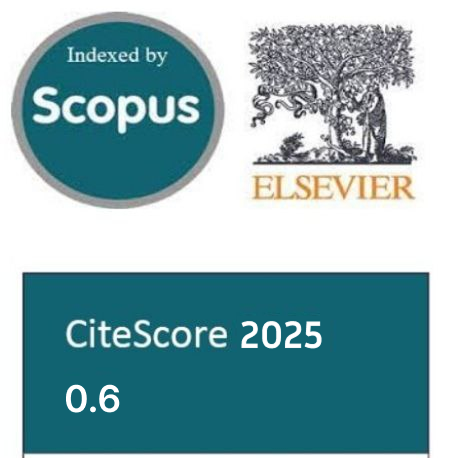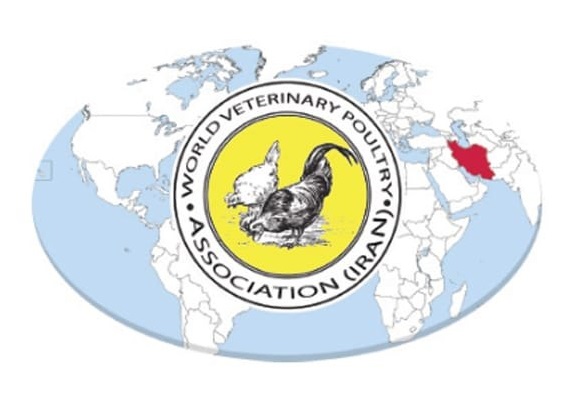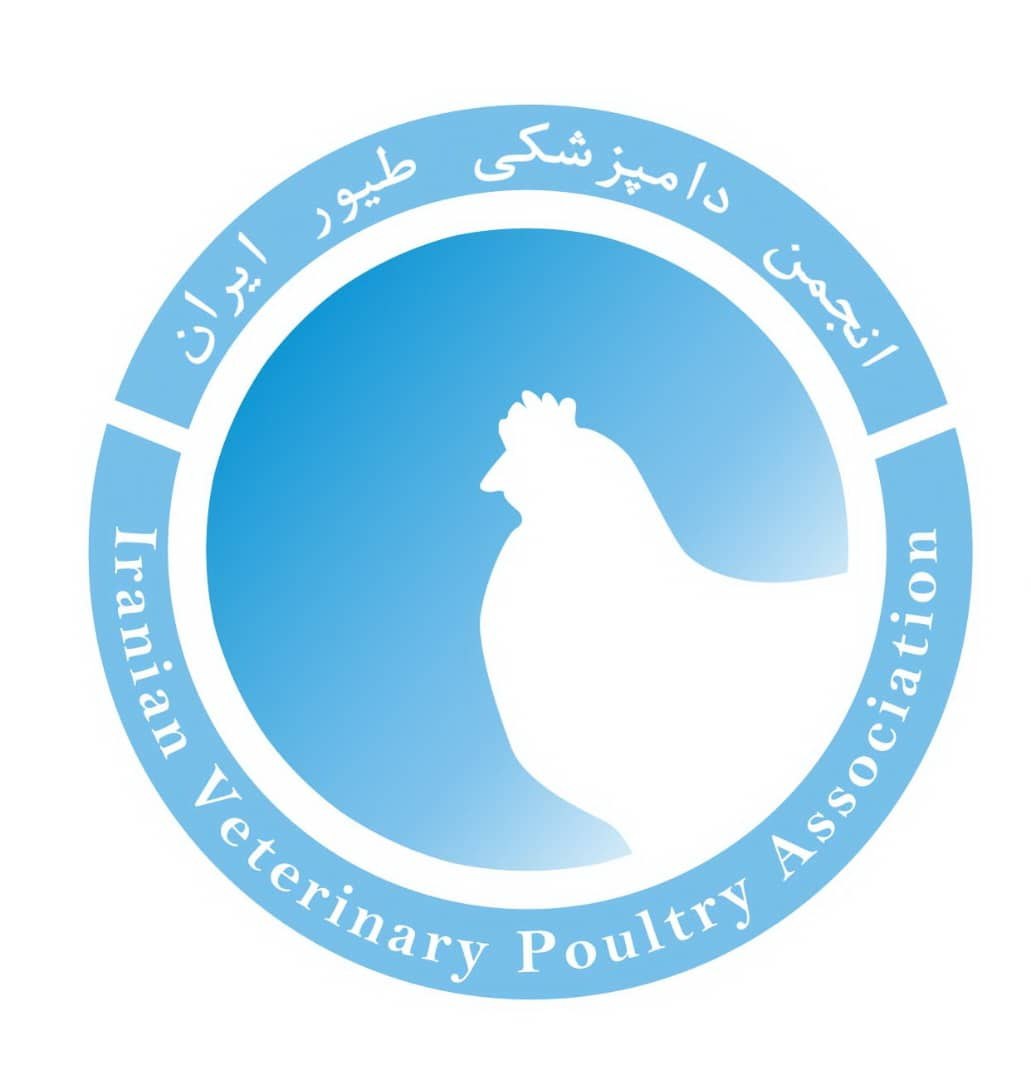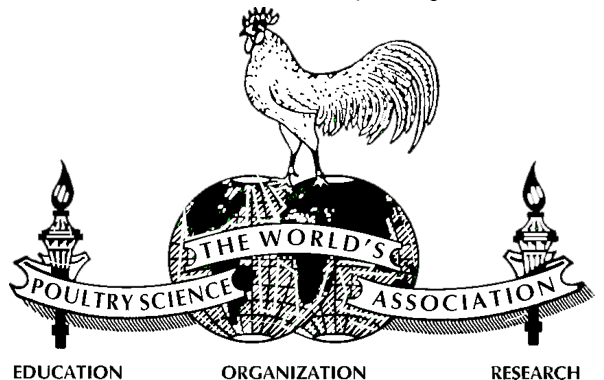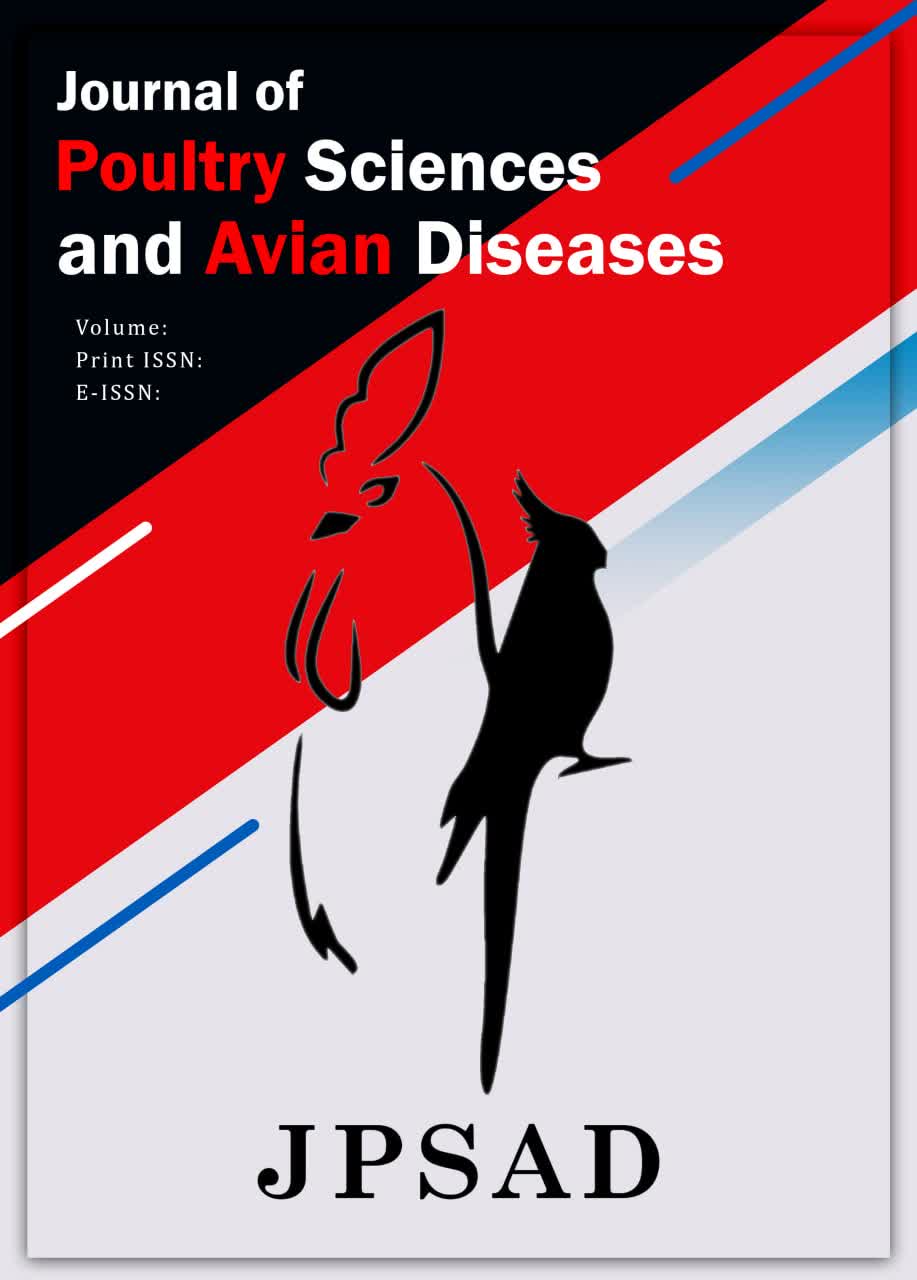Investigation of the Effects of Lipopolysaccharide on Vascular Development using the Chick Embryo Extraembryonic Membrane Model
Keywords:
Chick embryo, Egg, Lipopolysaccharide, Shell membrane, VascularAbstract
The proper functioning of all body tissues depends on an effective and well-structured vascular system. Consequently, the formation of blood vessels is essential for the development of any tissue. Angiogenesis, the process by which new blood vessels develop from pre-existing ones, plays a fundamental role in maintaining health and is implicated in the pathogenesis of numerous diseases. Lipopolysaccharide (LPS) is a crucial structural component of the cell wall of Gram-negative bacteria, possessing certain pathogenic properties and being regarded as a bacterial toxin. Fourteen fertilized Ross 308 eggs, with an average weight of 51 ± 3 grams, were randomly divided into two equal groups of seven. In the first group (experiment), LPS was injected at a dose of 100 mg/kg body weight into the shell membrane, and in the second group (control), the same amount of PBS was injected. LPS was inoculated at 24, 48, and 72 hours after the start of incubation. Twenty-four hours after the last inoculation, the eggs were longitudinally opened to access the membranes. Then, the shell membrane was removed, and the evolution of the vascular network was evaluated by various image analysis software. The assessment revealed a significant reduction in vessel area, vessel length, number of vessel branches, percentage of new vessel formation areas, and vascular complexity in the experimental group compared to the control group (p < 0.05). Based on the obtained results, it was determined that the composition of LPS can have an inhibitory effect on the growth and development of the extraembryonic vascular network of chickens.
Downloads
References
Tona K, Voemesse K, N'Nanlé O, Oke O, Kouame Y, Bilalissi A. Chicken incubation conditions: role in embryo development, physiology and adaptation to the post-hatch environment. Front Physiol. 2022;13:895854.[PMID: 35677093] [PMCID: PMC9170334] [DOI]
Aragon JW, Hirschi KK. Endothelial cell differentiation and hemogenic specification. Cold Spring Harb Perspect Med. 2022;12(7):a041164.[PMID: 35193895] [PMCID: PMC9341460] [DOI]
Psaltis PJ, Harbuzariu A, Delacroix S, Holroyd EW, Simari RD. Resident vascular progenitor cells diverse origins, phenotype, and function. J Cardiovasc Transl Res. 2011;4(2):161-76.[PMID: 21116882] [PMCID: PMC3048921] [DOI]
Eelen G, Treps L, Li X, Carmeliet P. Basic and therapeutic aspects of angiogenesis updated. Circ Res. 2020;127(2):310-29.[PMID: 32833569] [DOI]
Fox SB, Gatter KC, Harris AL. Tumour angiogenesis. J Pathol. 1996;179(3):232-7[DOI]
Chung JCY, Shum-Tim D. Neovascularization in tissue engineering. Cells. 2012;1(4):1246-60.[PMID: 24710553] [PMCID: PMC3901123] [DOI]
Gacche RN, Meshram RJ. Angiogenic factors as potential drug target: efficacy and limitations of anti-angiogenic therapy. Biochim Biophys Acta Rev Cancer. 2014;1846(1):161-79.[PMID: 24836679] [DOI]
van Royen N, Piek JJ, Schaper W, Bode C, Buschmann I. Arteriogenesis: mechanisms and modulation of collateral artery development. J Nucl Cardiol. 2001;8(6):687-93.[PMID: 11725265] [DOI]
Crawford TN, Alfaro ID, Kerrison JB, Jablon EP. Diabetic retinopathy and angiogenesis. Curr Diabetes Rev. 2009;5(1):8-13.[PMID: 19199892] [DOI]
Burney RO, Giudice LC. Pathogenesis and pathophysiology of endometriosis. Fertil Steril. 2012;98(3):511-9.[PMID: 22819144] [PMCID: PMC3836682] [DOI]
Norrby K. In vivo models of angiogenesis. J Cell Mol Med. 2006;10(3):588-612.[PMID: 16989723] [PMCID: PMC3933145] [DOI]
Gabrielli MG, Accili D. The chick chorioallantoic membrane: a model of molecular, structural, and functional adaptation to transepithelial ion transport and barrier function during embryonic development. Biomed Res Int. 2010;2010:940741.[PMID: 20339524] [PMCID: PMC2842975] [DOI]
Tavakkoli H, Tajik J, Zeinali M. Evaluating the effects of enrofloxacin on angiogenesis using the chick embryo chorioallantoic membrane model. Iran J Vet Surg. 2016;11(1):17-22
Kolmos HJ. Panum's studies on "putrid poison" 1856. Dan Med Bull. 2006;53(4):450-2
Rietschel ET, Brade H, Holst O, Brade L, Müller-Loennies S, Mamat U, et al. Bacterial endotoxin: chemical constitution, biological recognition, host response, and immunological detoxification. Pathology of septic shock1996. p. 39-81.[PMID: 8791735] [DOI]
Aldapa-Vega G, Pastelín-Palacios R, Isibasi A, Moreno-Eutimio MA, López-Macías C. Modulation of immune response by bacterial lipopolysaccharides. Rev Alerg Mex. 2016;63(3):293-302.[PMID: 27560917] [DOI]
Silhavy TJ, Kahne D, Walker S. The bacterial cell envelope. Cold Spring Harb Perspect Biol. 2010;2(5):a000414.[PMID: 20452953] [PMCID: PMC2857177] [DOI]
Jacobson KH, Gunsolus IL, Kuech TR, Troiano JM, Melby ES, Lohse SE. Lipopolysaccharide density and structure govern the extent and distance of nanoparticle interaction with actual and model bacterial outer membranes. Environ Sci Technol. 2015;49(17):10642-50.[PMID: 26207769] [PMCID: PMC4643684] [DOI]
Fearon DT, Locksley RM. The instructive role of innate immunity in the acquired immune response. Science. 1996;272(5258):50-4.[PMID: 8600536] [DOI]
Mbongue JC, Vanterpool E, Firek A, Langridge WH. Lipopolysaccharide-induced immunological tolerance in monocyte-derived dendritic cells. Immuno. 2022;2(3):482-500[DOI]
Meng J, Young G, Chen J. The Rcs system in Enterobacteriaceae: envelope stress responses and virulence regulation. Front Microbiol. 2021;12:627104.[PMID: 33658986] [PMCID: PMC7917084] [DOI]
Raetz CR, Whitfield C. Lipopolysaccharide endotoxins. Annu Rev Biochem. 2002;71(1):635-700.[PMID: 12045108] [PMCID: PMC2569852] [DOI]
Abou Elazab MF, Nasr NE, Ahmed MS, Alrashdi BM, Dahran N, Alblihed MA. The effects of bacterial lipopolysaccharide (LPS) on turkey poults: assessment of biochemical parameters and histopathological changes. Vet Sci. 2022;9(5):240.[PMID: 35622768] [PMCID: PMC9146353] [DOI]
Heinrichs DE, Yethon JA, Whitfield C. Molecular basis for structural diversity in the core regions of the lipopolysaccharides of Escherichia coli and Salmonella enterica. Mol Microbiol. 1998;30(2):221-32.[PMID: 9791168] [DOI]
Kita H, Nikaido H. Structure of cell wall lipopolysaccharide from Salmonella typhimurium IV. Anomeric configuration of L-rhamnose residues and its taxonomic implications. J Bacteriol. 1973;113(2):672-9.[PMID: 4570601] [PMCID: PMC285280] [DOI]
Liu B, Knirel YA, Feng L, Perepelov AV, Senchenkova SYN, Reeves PR. Structural diversity in Salmonella O antigens and its genetic basis. FEMS Microbiol Rev. 2014;38(1):56-89.[PMID: 23848592] [DOI]
Kalynych S, Morona R, Cygler M. Progress in understanding the assembly process of bacterial O-antigen. FEMS Microbiol Rev. 2014;38(5):1048-65.[PMID: 24617522] [DOI]
Mazgaeen L, Gurung P. Recent advances in lipopolysaccharide recognition systems. Int J Mol Sci. 2020;21(2):379.[PMID: 31936182] [PMCID: PMC7013859] [DOI]
Nagai H, Shin M, Weng W, Nakazawa F, Jakt LM, Alev C. Early hematopoietic and vascular development in the chick. Int J Dev Biol. 2018;62(3-4):137-44.[PMID: 29616721] [DOI]
Stern CD. Staging tables for avian embryos: a little history. Int J Dev Biol. 2018;62(1-3):43-8.[PMID: 29616737] [DOI]
Lee JY, Lee SJ. Hemodynamics of the omphalo-mesenteric arteries in stage 18 chicken embryos and "flow-structure" relations for the microcirculation. Microvasc Res. 2010;80(3):402-11.[PMID: 20727902] [DOI]
Bellairs R, Osmond M. Atlas of chick development: Elsevier; 2005.
Korn MJ, Cramer KS. Windowing chicken eggs for developmental studies. J Vis Exp. 2007(8):306[DOI]
Kirchner LM, Schmidt SP, Gruber BS. Quantitation of angiogenesis in the chick chorioallantoic membrane model using fractal analysis. Microvasc Res. 1996;51(1):2-14.[PMID: 8812748] [DOI]
Rieder MJ, O'Drobinak DM, Greene AS. A computerized method for determination of microvascular density. Microvasc Res. 1995;49(2):180-9.[PMID: 7603355] [DOI]
Shore AC. Capillaroscopy and the measurement of capillary pressure. Br J Clin Pharmacol. 2000;50(6):501-13.[PMID: 11136289] [PMCID: PMC2015012] [DOI]
Zhang X, Lorente S. The growth of capillary networks by branching for maximum fluid access. Sci Rep. 2023;13(1):11278.[PMID: 37438434] [PMCID: v] [DOI]
BenEzra D, Griffin BW, Maftzir G, Aharonov O. Thrombospondin and in vivo angiogenesis induced by basic fibroblast growth factor or lipopolysaccharide. Invest Ophthalmol Vis Sci. 1993;34(13):3601-8
Suzuki K, Ohkuma M, Nagaoka I. Bacterial lipopolysaccharide and antimicrobial LL-37 enhance ICAM-1 expression and NF-κB p65 phosphorylation in senescent endothelial cells. Int J Mol Med. 2019;44(4):1187-96.[PMID: 31364735] [PMCID: PMC6713406] [DOI]
Munshi N, Fernandis AZ, Cherla RP, Park IW, Ganju RK. Lipopolysaccharide-induced apoptosis of endothelial cells and its inhibition by vascular endothelial growth factor. J Immunol. 2002;168(11):5860-6.[PMID: 12023390] [DOI]
Tsikis S, Fligor S, Hirsch T, Pan A, Yu L, Kishikawa H. Lipopolysaccharide-induced murine lung injury results in long-term pulmonary changes and downregulation of angiogenic pathways. Sci Rep. 2022;12(1):10245.[PMID: 35715592] [PMCID: PMC9205148] [DOI]
Ma B, Dohle E, Li M, Kirkpatrick CJ. TLR4 stimulation by LPS enhances angiogenesis in a co-culture system consisting of primary human osteoblasts and outgrowth endothelial cells. J Tissue Eng Regen Med. 2017;11(6):1779-91.[PMID: 26205614] [DOI]
DeLeo FR, Renee J, McCormick S, Nakamura M, Apicella M, Weiss JP. Neutrophils exposed to bacterial lipopolysaccharide upregulate NADPH oxidase assembly. J Clin Invest. 1998;101(2):455-63.[PMID: 9435318] [PMCID: PMC508585] [DOI]
Li AE, Ito H, Rovira, II, Kim KS, Takeda K, Yu ZY. A role for reactive oxygen species in endothelial cell anoikis. Circ Res. 1999;85(4):304-10.[PMID: 10455058] [DOI]
Singh A, Koduru B, Carlisle C, Akhter H, Liu RM, Schroder K. NADPH oxidase 4 modulates hepatic responses to lipopolysaccharide mediated by Toll-like receptor-4. Sci Rep. 2017;7(1):14346.[PMID: 29085012] [PMCID: PMC5662726] [DOI]
Xian D, Song J, Yang L, Xiong X, Lai R, Zhong J. Emerging roles of redox-mediated angiogenesis and oxidative stress in dermatoses. Oxid Med Cell Longev. 2019;2019:2304018.[PMID: 31178954] [PMCID: PMC6501144] [DOI]
Qin XY, Wang YN, Liu HF, Luo ZH, Zhang PL, Li-Fang H. Anti-cancer activities of metal-based complexes by regulating the VEGF/VEGFR2 signaling pathway and apoptosis-related factors Bcl-2, Bax, and caspase-9 to inhibit angiogenesis and induce apoptosis. Metallomics. 2020;12(1):92-103.[PMID: 31750487] [DOI]
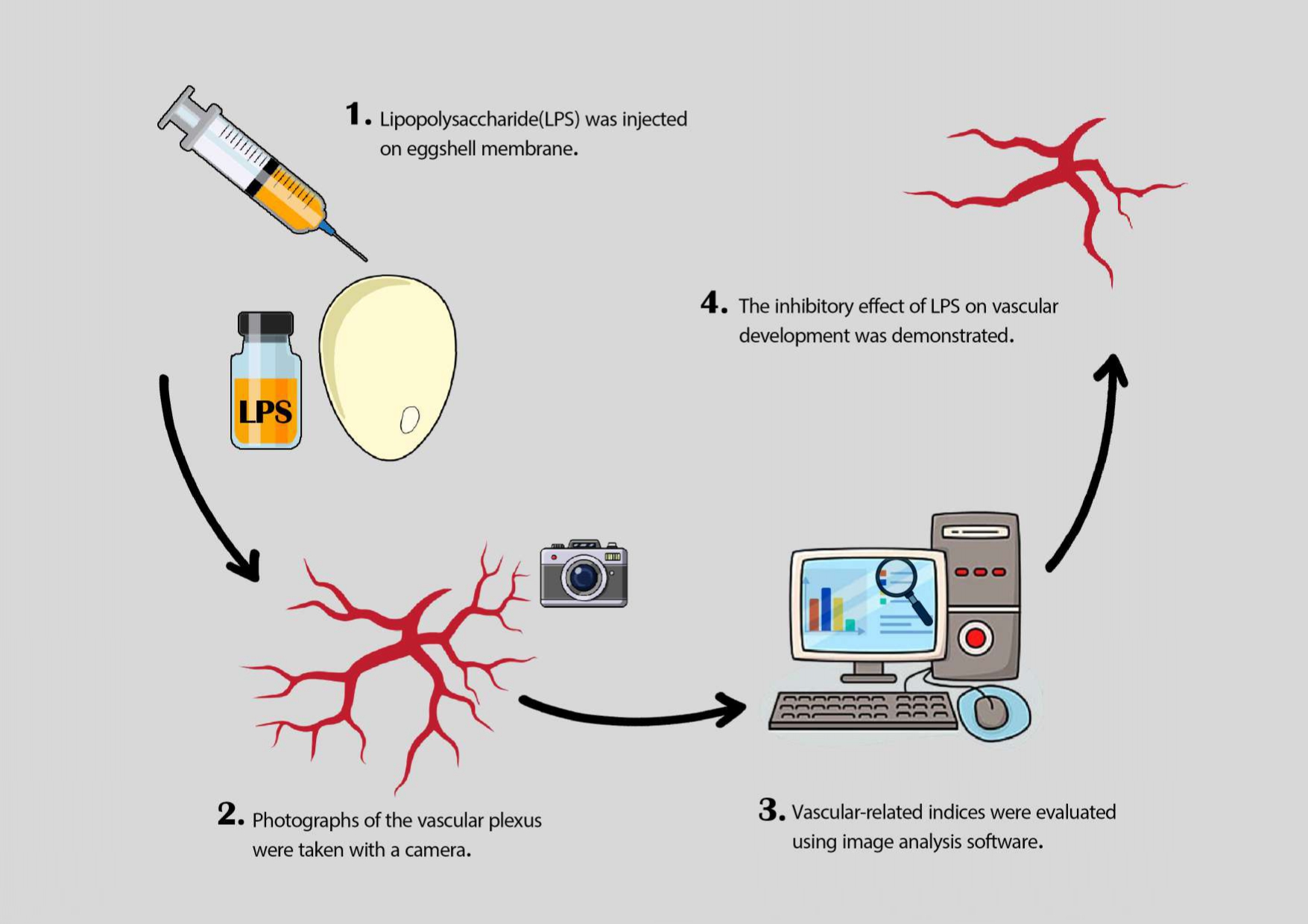
Downloads
Published
Submitted
Revised
Accepted
Issue
Section
License
Copyright (c) 2024 Hamed Bahrehmand (Author); Hadi Tavakkoli (Corresponding Author); Mahmoud Salehi (Author)

This work is licensed under a Creative Commons Attribution-NonCommercial 4.0 International License.


